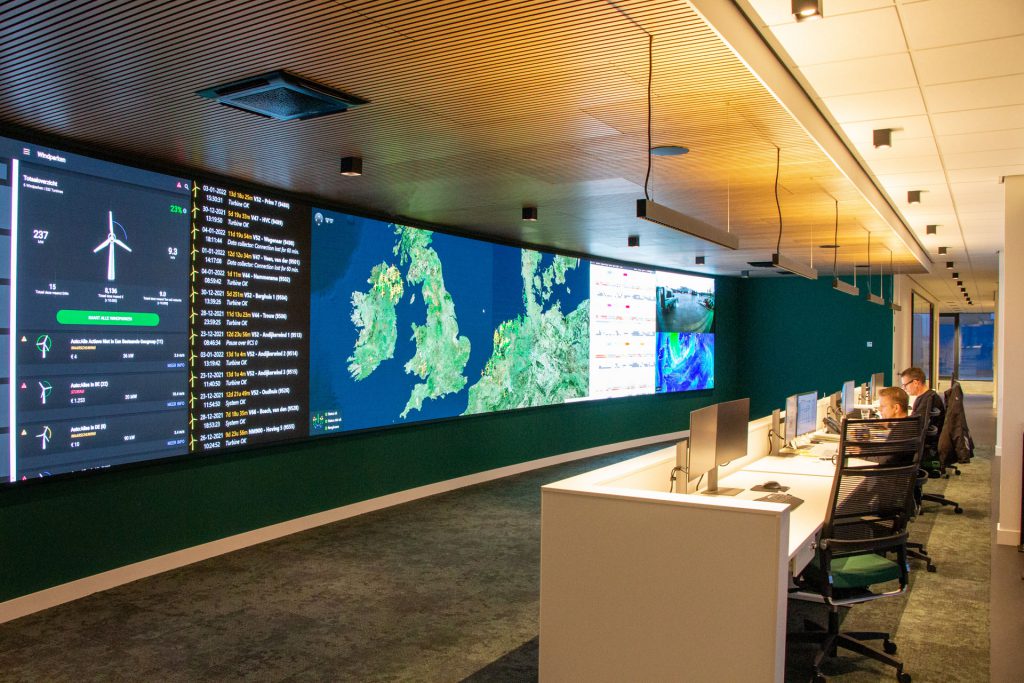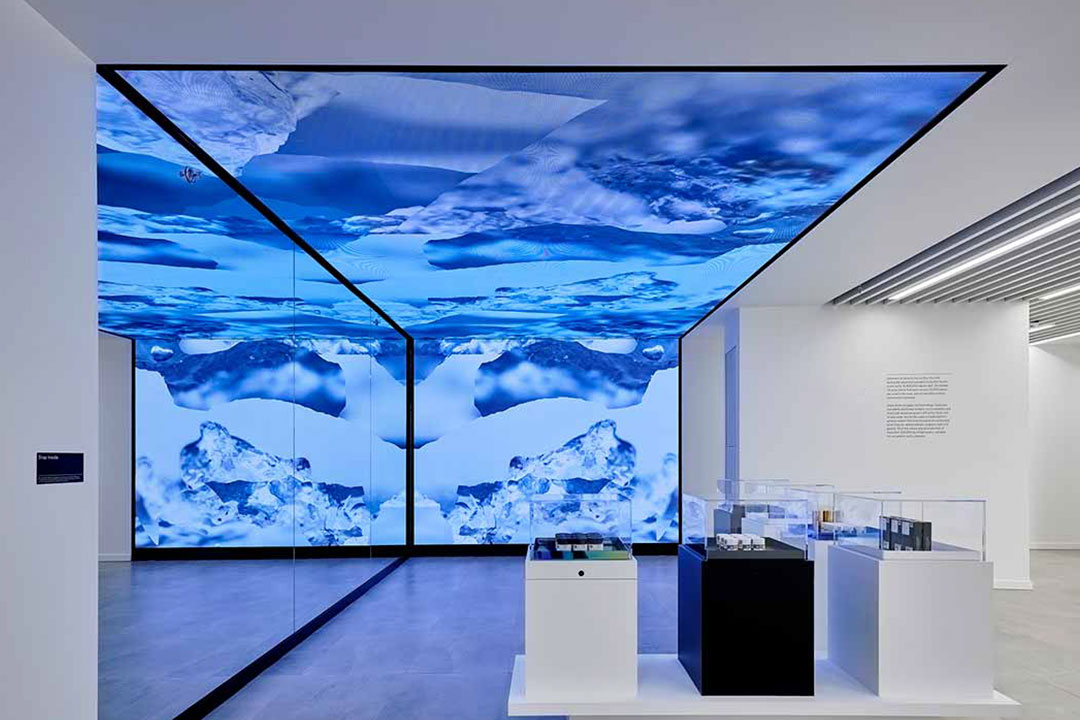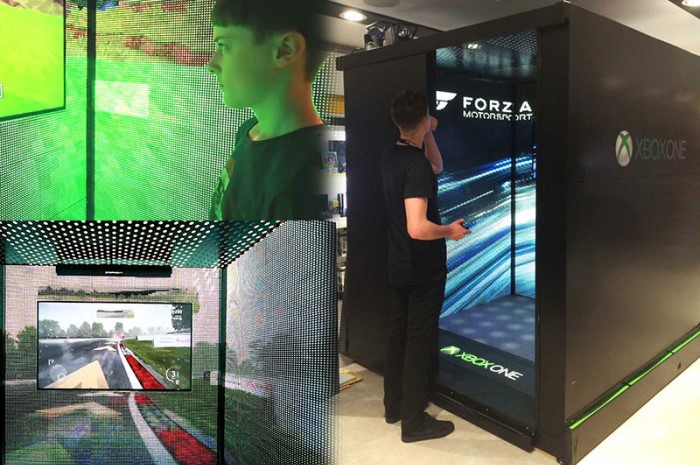Excellent Suggestions For Choosing Led Rental Screen
Wiki Article
What Is The Significance Of Brightness And Contrast Ratio In Research On Led Displays?
The brightness and contrast ratio are important aspects to take into consideration when researching LED displays because they can significantly affect the visibility clarity, brightness, and overall quality of the display particularly in various lighting conditions. This is why they are so crucial:
1. Visibility in Different Lighting Situations
Brightness: In Nits (candelas) per square meter The brightness measure is an indication of how well viewed the display will appear in various lighting conditions. When outdoor displays are employed in areas with large amounts of ambient light (such direct sunlight), it is important to choose a high level of brightness (typically from 5,000 to 10,000 or higher in nits). This will ensure that the content remains visible and clear. Indoor displays need lower levels of brightness (usually 500-1,500 nuits). However it is possible for the brightness to be adjusted to fit different conditions.
Applications: High brightness is crucial if you are planning to use the display in brightly lit environments or outdoors. A display that is too dim could be useless as content is obscured or illegible under direct sunlight.
2. Image Quality and Clarity
Contrast ratio: The contrast is the variation in brightness between most white and the darkest black. A greater contrast ratio enhances clarity and sharpness and makes colors more vivid. This is essential when displaying dynamic content such as video or high-contrast images.
Displays that have high contrast ratios are able to handle content that has different brightness levels. This includes films advertisements, movies, and live broadcasts. A low contrast display might render dark areas appear grey and reduce the visual impact.
3. Color Accuracy of Visual Impact
Color accuracy and brightness Also, brightness is important to ensure accurate color reproduction. A display that is consistent and has adequate brightness will reproduce colors more accurately, which is essential for branding, advertising, and content where color integrity is vital.
Perceived brightness and contrast A display with a high contrast can make it appear more bright. Although two displays might have the same brightness however, the display with the most contrast ratio is likely to have more vivid and appealing graphics.
4. Energy Consumption
Brightness and Power Efficiency Higher levels of brightness typically require greater power. For displays that are on 24/7 or part of large-scale installations, it is essential to balance brightness needs and energy efficiency. With the advancement of LED technology, screens that are energy efficient are now available that offer high brightness while consuming less power.
5. Content Versatility
Brightness for Different Types of Content: Brightness and contrast requirements will differ depending on content type that includes text, static images or a dynamic video. Text-based content benefit from a high contrast, which facilitates reading. Video content might require a mix that is able to balance brightness and contrast.
Application: In settings with a high rate of content changes (e.g. advertising screens or display screens for events) having the capability to adjust contrast and brightness is beneficial. The display will be then adapted to the needs of different types of content.
6. User Experience
Displays with a brightness adjustment feature can enhance the user's experience by adjusting to the changing light conditions during the day. This enables the display to remain visible throughout the day without causing eyestrain or reflections.
Contrast ratio and eye comfort Contrast ratios that are high can reduce eye fatigue, making it easier for viewers to remain interested in the content, especially when it is displayed in public spaces, events or retail environments.
Conclusion:
Brightness and contrast ratio are vital to ensure that an LED display functions efficiently in the environment it is intended for providing clear, bright and easily readable content. The display's overall performance and viewer experience is greatly influenced by whether the display is indoors or outdoors in bright or dim conditions. You can select the right display by balancing these elements with your energy requirements and content needs. Follow the top rated cob led display for site advice including translucent led screen, led panel rental, led wall tv, outdoor display led, led light board, led panel transparent, display screen led, led screen display rental, video wall church, transparent led display screen and more.

How Important Are Weight And Portability In The Research Of Led Displays?
It is vital to consider and weigh the flexibility of LED displays when researching them, especially for certain situations where flexibility, installation and accessibility are key concerns. These aspects are crucial:
1. Installing and setting up is simple.
Weight: Lighter LED displays are easier to manage when they are being installed. This is especially true in situations which require displays to be affixed to walls, ceilings and other structures. Weight: Large displays require support systems with greater weight. This could make installation more difficult and raise the cost of installation.
Portable Displays are great for temporary installations, trade shows and other events. They are easy to set up and disassembled. Their lightweight design lets them be easily moved and set up, saving time and energy.
2. Renting and staging:
Lightweight and portable LED panels are essential in the rental market as well as for staging, where exhibits must be regularly moved. They are light and mobile, allowing an easier turnaround time between events. They also cut down on transportation costs and decrease the possibility that they may be damaged during handling.
Modularity. Portable LED displays come with modular designs, which makes them easy to disassemble and rebuild. This flexibility permits the design of custom configurations for display that can be designed to meet the needs of different events.
3. Structural requirements
Support Structures. For displays with heavier weights, you will need larger and more expensive mounting structures. These can add cost and complexity to the installation. However, displays that are lighter are supported by simpler, less expensive structures which makes them more adaptable in a variety of environments.
Venue Constraints Certain venues have weight limitations for their structures. This may be the case with ceiling or walls mounts. If you choose a display that is lightweight will make sure that the display will not exceed these weight limits.
4. Transport and Logistics
Shipping and handling costs are directly influenced by the weight of LED displays. The lighter the display, the cheaper it is to ship. This is especially applicable to large installations or international shipping.
Storage and handling: Lightweight and portable display units are simpler to store and handle which requires less space and less logistics. This is essential for businesses that frequently transport displays to different locations.
5. Flexible for use
Modularity. Lightweight, portable display units are typically modular. This allows them to be rearranged to accommodate different uses. This is very beneficial for installations with a lot of creativity, where it is vital to be flexible in design.
Flexibility of use: These displays have the ability to be used in numerous situations ranging from small outdoor pop-ups, to large-scale events. They are versatile and offer a range of functions that other display options, which are more heavy and bulkier, are not able to match.
6. Safety Beware of
Lighter Displays Reduce Risk They are more secure to use and install There is a lower risk of damage or accident. This is important, especially in areas where the screen will be regularly moved or adjusted.
Compliance Regulations on safety, particularly in public areas, may set weight limits on installations. In order to avoid issues with compliance, you must make sure that your display is in compliance with these standards.
7. Energy Efficiency
Although they're not directly tied to weight, displays that are lightweight tend to be designed for energy efficiency. Displays with LEDs that are portable can consume less energy, which is an added benefit in environments in which power supply is not as abundant or where reducing operational costs is a priority.
Conclusion:
LED displays should be viewed for their size and weight, especially when used in applications with frequent movement. These factors influence not only the ease of installation and transport but as well the flexibility, security as well as the overall cost of using the display. If you're thinking about LED displays, weight and portability are crucial factors to consider if the display demands frequent relocations, rapid set-up, or compliance with the safety or structural requirements. See the most popular quality rental led display for site recommendations including transparent led panel, led display device, led light sign board, translucent led screen, tv led wall, led screen display rental, led board, translucent led screen, led light board, led display transparent and more.

How Important Are The Importance Of Cost, Roi And Energy Efficiency When Researching Led Displays?
The price, the return on investment (ROI) and energy-efficiency are all important factors to be considered when looking into LED display options. These three elements directly impact financial viability, benefits over the long-term, as well as operating costs. Why each of these factors is crucial:
1. The Initial Cost
Budget: The cost of the initial purchase of LED displays is an important aspect to consider for any project. This includes not only the cost of a LED display but also costs for mounting, installation as well as any other accessories.
Quality and. Cost: While displays with lower prices appear attractive at first however, there could be compromises regarding quality, durability or features. It is important to consider the initial cost against the desired performance of the display and the length of its life.
Application: When budgetary constraints are tight, careful consideration of cost in relation to performance is vital. In some cases, high-end displays might be needed for crucial applications such as advertising in prime locations. Other times, more economical alternatives may suffice for areas which are less demanding.
2. Return on Investment
Revenue generation: The return on investment for an LED display can often be tied to its ability to generate revenue, whether it is through advertising, a greater engagement with customers, or increased visibility of the brand. Displays with a strong message that catches the eye will provide a good ROI, whether it's through generating advertising revenue or driving sales.
Longevity and Durability Displays that are of better quality with a longer lifespan and longer lasting tend to have a better ROI because they need less frequent replacement and also have lower costs for maintenance. The initial investment is well worth it in the end.
Impact of Features on ROI Features such as high resolution, a wide viewing angles, and high brightness may increase initial cost but also increase the efficiency of the display. It can also lead to a better ROI by improving audience engagement and enhancing visibility.
3. Energy Efficiency
Costs of operation energy efficiency plays a significant role in reducing the expense of running an LED display. The lower the electricity bill is, the better. This will be especially applicable to large-sized displays or displays that operate all day long.
Environmental Impact Energy-efficient display contributes to sustainability goals, through cutting down on carbon footprint. It's becoming more important for organizations and businesses that have a strong commitment to sustainability or have to comply with energy regulations.
Long-Term Saves: Energy-efficient displays can have a high initial cost, but the electricity costs saved over the lifespan of the display are significant, improving the ROI.
Energy efficiency is a fantastic way to reduce overall operating costs for installations in areas that have significant energy costs or large-scale deployments.
4. Cost of Ownership Total Cost of Ownership
Maintenance and repairs. The total cost is comprised of the price of purchase and also the cost for maintenance, repairs and possibly downtime. TCO is generally lower for displays that last and last longer, which makes them a better long-term investment.
Upgrades and Scalability - Consider the ease of increase or decrease the size of the system of display. It is best to choose an adjustable display system that can easily be expanded or upgraded.
Application: In environments where there is a chance of having display areas for a long period of years (such as corporate settings or high-traffic retail areas or public spaces) The TCO helps ensure that investments remain cost-effective.
Options for leasing and financing
Flexible financing: A lot of providers offer leasing or financing options that help you manage the initial cost of high-quality displays. This is particularly useful for business that are looking to manage cash flow and also invest in premium digital signage.
Renting options can affect ROI too, as they provide businesses with the ability to upgrade to the latest technology with no initial investment. They also make sure that displays are always cutting-edge, and provide a high return.
6. Market Competitiveness
Cost vs. Cost and ROI can impact your ability to compete in the marketplace. A higher-quality display can help you to distinguish yourself from your competition, attracting clients and more customers.
Application in highly competitive fields, such as retail or entertainment, investing in higher-quality displays that deliver better ROI can give you a substantial advantage.
Conclusion:
A display with LEDs is a long-term investment that will yield a profit on your initial investment. The performance of the display can be enhanced by balancing initial costs and expected returns on investment. These elements are essential for making a decision within your budget and goals for the future. Check out the top flexible led panels for site advice including led video wall panels, led transparent screen, video walls, display led outdoor, digital display, led on screen, led panel transparent, outdoor digital screens, digital display, led screen rental and more.
